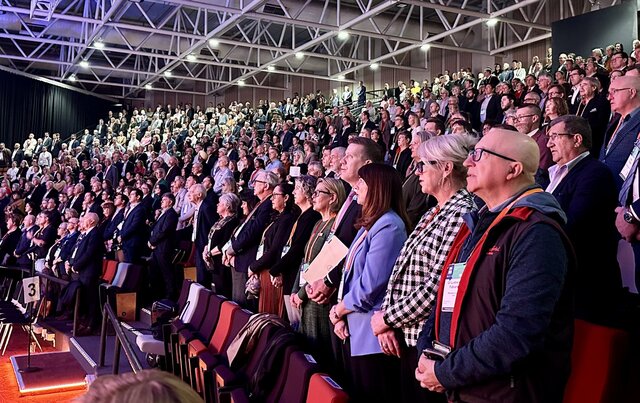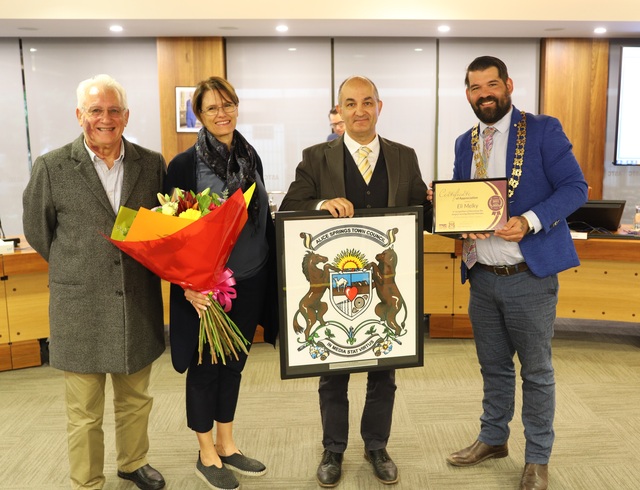By Bruce Rowse*
Proven technology exists to more than halve public lighting energy use and greenhouse gas emissions. Right across Australia 80 watt mercury vapour street lights are used and are the predominant form of minor road lights. They can be easily recognised by the ‘flower pot’ type fitting, and are also used in the decorative light poles found in many new developments.
Local Governments pay the power for these lights, and also pay for their operation and maintenance. These lights have an iron core ballast which also draws quite a lot of power, so their total power draw is around 96 watts.
Many Local Governments consider street lighting as their single largest source of corporate greenhouse gas emissions.
Unfortunately mercury vapour lamps are not efficient. At around 40 lumens per watt, they are much less efficient than high performance fluorescent lighting, which is around 100 lumens per watt, and which use electronic ballasts that draw very little power.
Over recent years many Local Governments have been trialing more efficient forms of street lighting. Trials have covered metal halide, compact fluorescent, fluorescent and LED.
Not withstanding the large number of successful trials, energy efficient street lighting is yet to take off in Australia. In fact I know of only two examples where councils have or are replacing all of their inefficient mercury vapour lights.
Several years ago Coffs Habour in New South Wales upgraded their Mercury Vapour street lights to High Pressure Sodium, with a 35 per cent energy saving.
And in Victoria, Frankston City Council will be changing all 7,200 of its minor road lights to T5 fluorescent during 2009/10 for a 65 per cent energy saving.
The major barrier to the uptake of more efficient street lighting has been regulatory. In Victoria a great deal of effort has been expended by Local Government to have the Energy Regulator recognise compact fluorescent and T5 fluorescent as acceptable replacements.
Only in 2009 has the Australian Energy Regulator made a final ruling on this. Key issues of contention have been firstly to recognise the reliability of these technologies, and secondly to determine ‘fair and reasonable’ pricing for operation and maintenance.
Technology that has been extensively trialed exists that can cut minor road energy use and greenhouse gas emissions by 50 per cent or more.
Yet I remember being tremendously frustrated by the regulatory barriers that prevented uptake of more efficient street lighting technology back in 2004 and 2005 when I was doing a lot of work on public lighting.
Only now does it look as though the regulatory barriers may be lifting, at least in some parts of Australia, and hopefully soon operation and maintenance charges for the new technology will be genuinely fair and reasonable.
When considering responsibility for the greenhouse gas emissions caused by street lighting, care should be taken to investigate who has operational control over the lights. In some, or perhaps many cases, under the National Greenhouse and Energy Reporting Act (NGER) the distribution businesses may be considered to have operational control, and thus responsibility, for street light emissions.







